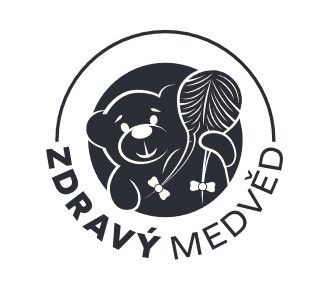Characteristics: Amino acids are organic compounds that combine to form proteins. Proteins are the basic building blocks of our muscles, brain, nervous system, blood, skin, and hair. Proteins are also essential for acid-base balance (the balance between acidic and basic substances in the body) and fluid balance in the body, helping to transport oxygen, fats, vitamins, and minerals. Protein is an important macronutrient that we consume in foods such as meat. Important vegetable sources of protein include soybeans or quinoa.
Functions: Amino acids serve the body in several essential functions. Proteins are consumed and broken down by the digestive process to obtain amino acids and peptides as basic building blocks. Amino acids are metabolized in the muscles to promote their growth, increase strength and endurance. Amino acids also form enzymes that facilitate countless chemical reactions in our body. Proteins transport nutrients and other necessary molecules through our blood and across cell membranes, transmitting signals from one part of the body to another. It also serves to create hormones and antibodies that protect us from diseases.
Types of Amino Acids: We need 20 different amino acids in the body, which are connected by peptide bonds in almost infinite ways. The way ligaments are connected is called their primary structure and determines their function in the body. The final structure is protein.
Essential amino acids
Our body needs 20 amino acids, but only some can be produced by itself. Those that cannot be produced de novo and must be obtained from food are called essential amino acids. These include the semi-essential arginine and histidine, the synthesis of which is insufficient and are necessary mainly for children to support growth. We include isoleucine, leucine, lysine, methionine, phenylalanine, threonine, tryptophan, and valine.
Non-essential amino acids
The body also produces non-essential amino acids such as alanine, asparagine, aspartic acid, cysteine, glutamic acid, glutamine, glycine, proline, serine, and tyrosine.
Branched chain amino acids
There are also amino acids called "branched-chain amino acids" or BCAA (Branched-chain amino acids), which include leucine, valine, and isoleucine. They are known mainly among bodybuilders and athletes because they are metabolized in muscles and brain tissue. In the muscles, they can serve as a source of energy or as precursors for the synthesis of other amino acids and proteins. They are therefore used for their anabolic abilities, support of muscle regeneration and reduction of physical fatigue. Otherwise, they are also valued from a medical point of view, when they are administered to patients with liver, respiratory and kidney diseases, sepsis, and oncology patients.
Recommended intake of amino acids
Adults should consume at least 0.8 grams of protein for every kilogram of body weight per day.
Foods high in amino acids
Many nutritionists recommend consuming them in the daily diet as the best way to supplement amino acids. Foods that contain all the essential amino acids in amounts proportional to what the body needs are called complete proteins. Good sources of complete protein include animal products such as meat, poultry, eggs, seafood, and dairy products, as well as chia seeds, soy, pistachios, algae, and quinoa.
Sources of branched-chain amino acids include brown rice, chickpeas, lentils, lima beans, meat products, milk (specifically whey in milk), nuts (almonds, Brazil nuts, and cashews), and soy protein.
Amino acids
Chat with us on WhatsApp



